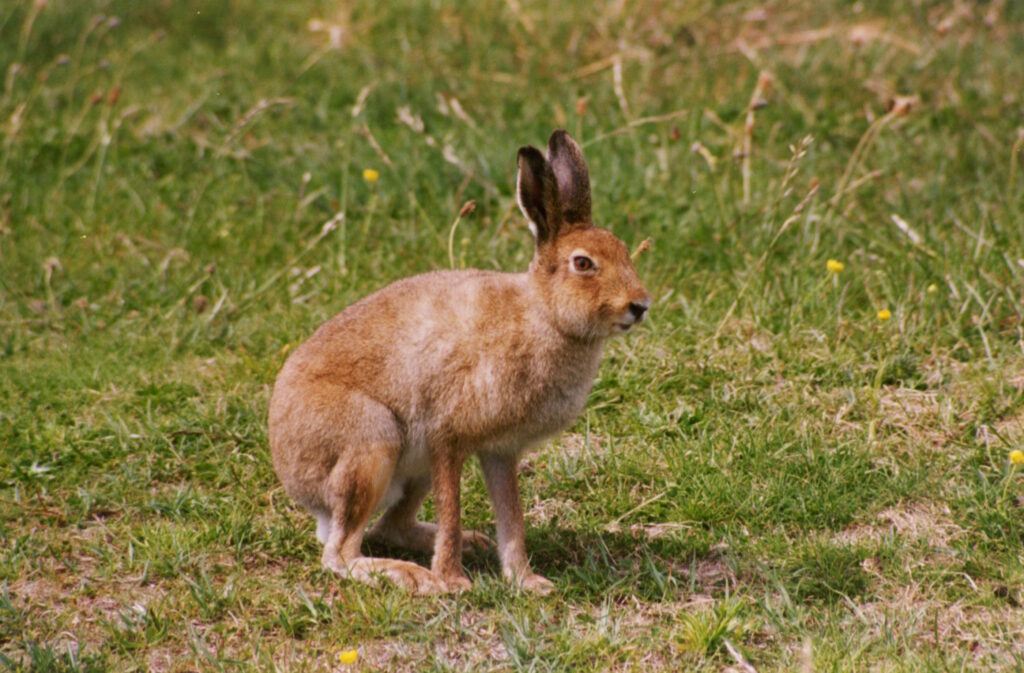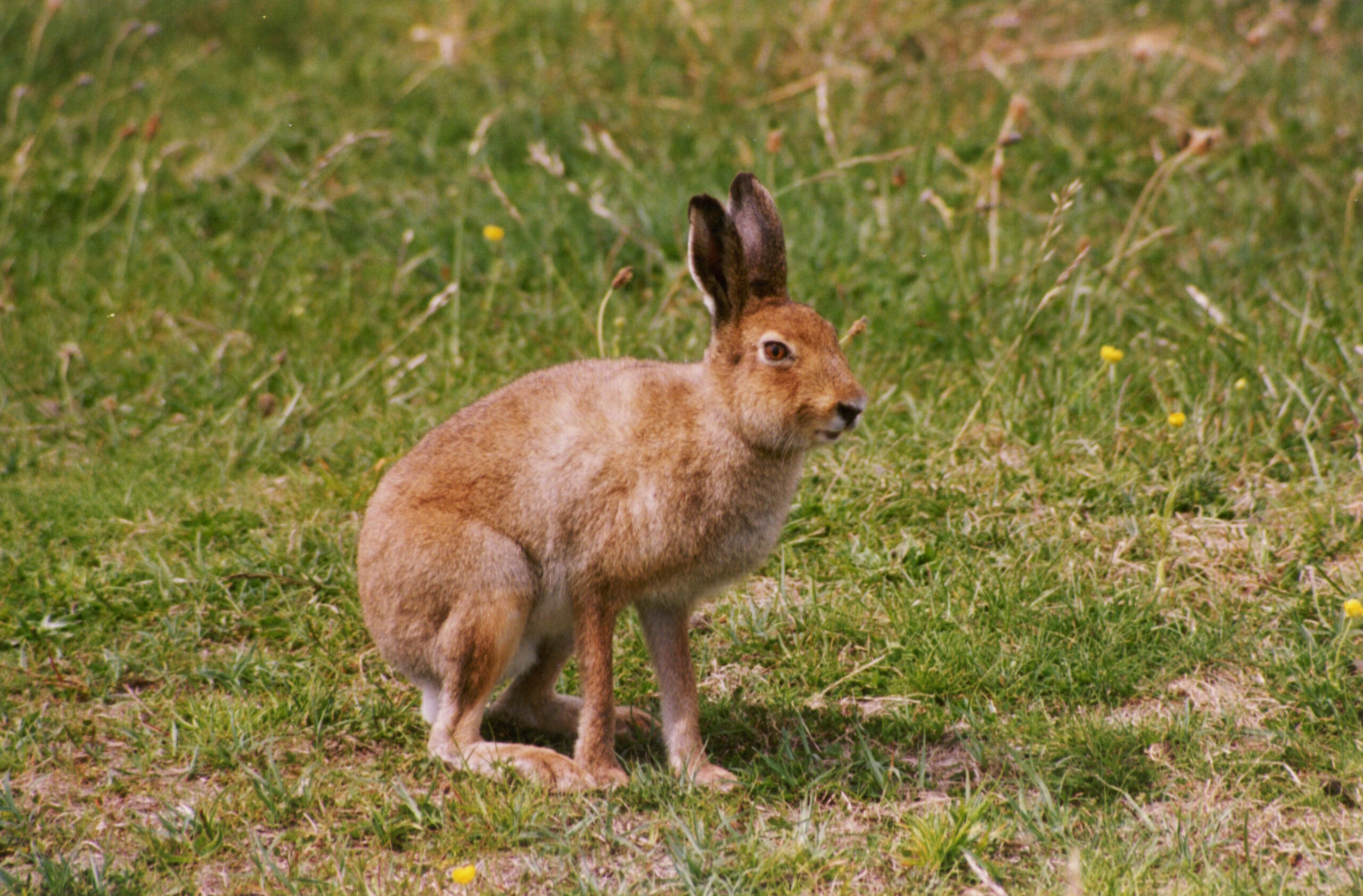The Irish Hare is classed as a distinctive subspecies of Mountain Hare, but arguably it deserves to be recognised as a full species. Unlike its relatives, this hare inhabits lowland areas, and has historically thrived in Ireland’s lush pastures. The Irish Hare has declined as agricultural intensification has decreased the suitability of its favoured grasslands, and it is now facing a growing threat from the invasive European Brown Hare. Neil Reid provides a comprehensive overview of the subspecies and explains the challenges that it currently faces.
The Irish Hare Lepus timidus hibernicus is a subspecies of Mountain Hare L. timidus which colonised Ireland during the last ice age (Montgomery et al. 2014). It probably arrived via a southerly landmass, now submerged below sea level on the continental shelf to the south-west. Cave fossils support its presence as early as 28,000 years before present (YBP), while molecular genetic analyses suggest that its ancestors split from other Mountain Hares as early as 363,000 YBP, and also reveal the subspecies to be genetically distinct, possessing a greater number of unique genes than any other population (Hughes et al. 2006).

